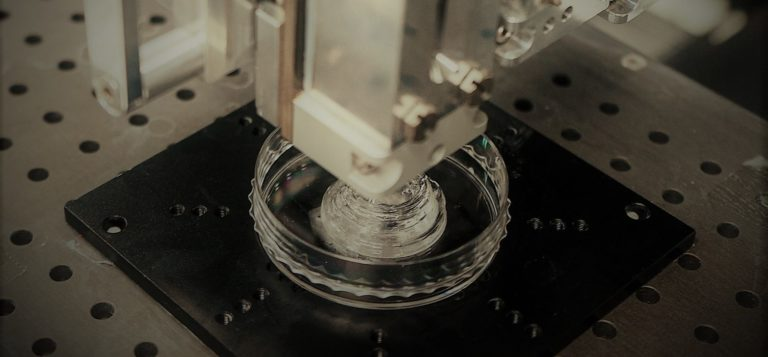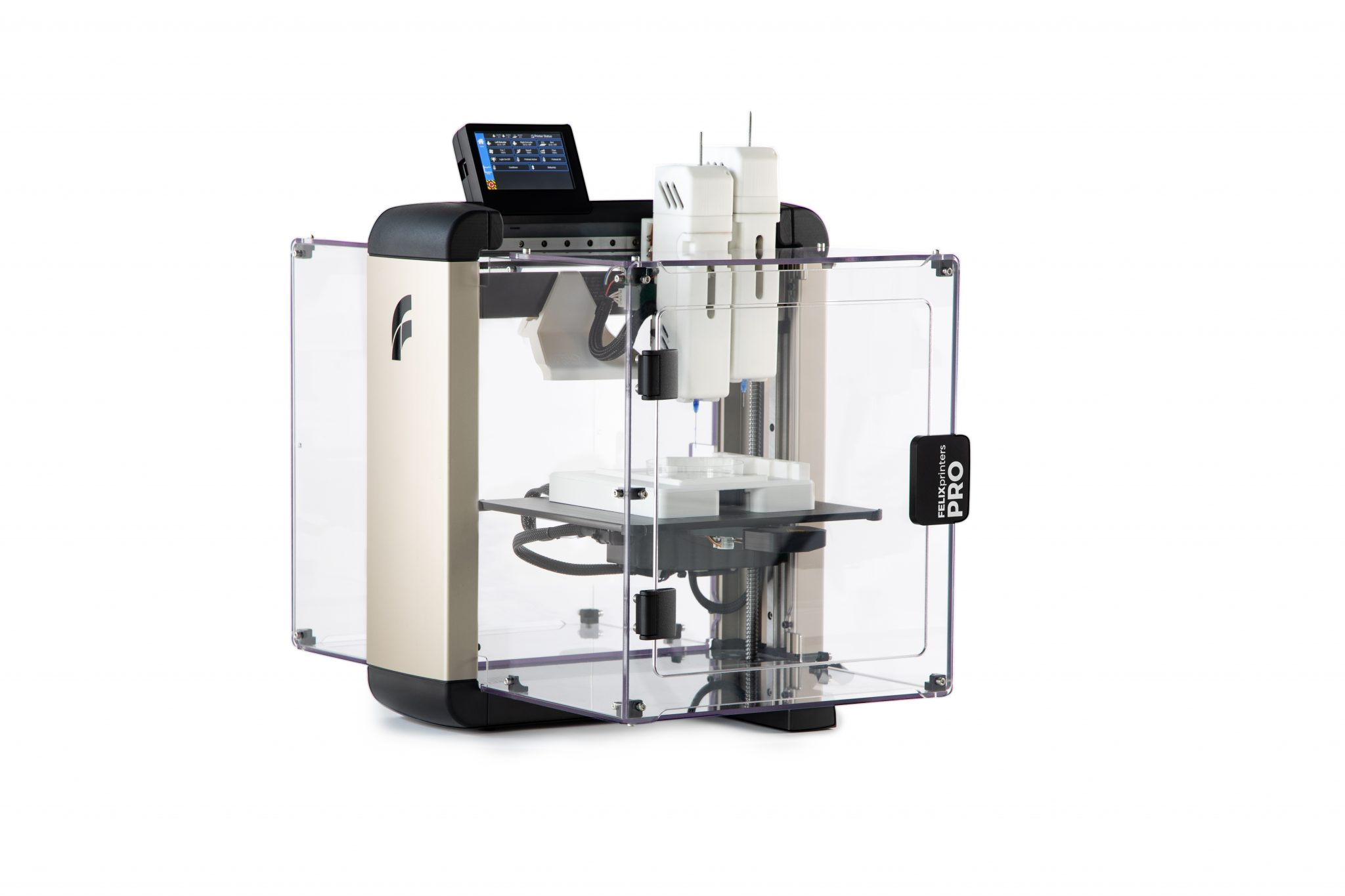CLECELL, a Korean 3D bioprinting startup, has developed a respiratory epithelium model using its proprietary 3D bioprinting technology.
The respiratory epithelium is found lining most of the respiratory tract. A model of the respiratory epithelium can potentially become a testbed for various viruses. CLECELL conducted research on respiratory epithelium models using its 3D bioprinter, the U-FAB, for some time. Having produced a model earlier this year, the company suggests it can be used in the research of SARS-Cov-2, the virus strain that causes COVID-19.
On April 10th, CLECELL received a formal letter of correspondence from Harvard Medical School neurosurgeon Choi-Fong Cho, who sought to gain information on the respiratory epithelium model to help understand SARS-Cov-2 and aid in the creation of a vaccine.

CLECELL’s 3D bioprinting technology
CLECELL is a company focused on the research and development of artificial tissue and artificial skin via its proprietary 3D bioprinting technology. This includes the U-Printer, a 15 multi-channel 3D bioprinting system that facilitates the construction of 3D multilayered structures with low, middle, and high viscosity biomaterials.
The system uses a microinjection method for low viscosity biomaterials, which can help to increase the precision of the high viscosity extrusion to more than 10 times the original rate. This helps to increase cell viability by preventing injection shock and enables the production of various shapes and outputs. According to CLECELL, its other bioprinting system, the U-FAB, will be used in researching tissue engineering at the Boston Bioprinting Consortium of scholars from Boston’s universities and hospitals. The consortium includes 8 joint-research teams with members from Harvard Medical School and MIT research teams.
CLECELL has also been researching and developing various reconstructed human skin models using its 3D bioprinting technology. The company aims to create transplantable biomimetic human skin that clearly distinguishes between the epidermis and dermis of the skin. CLECELL has developed various “U-Skin” models including full-thickness, epidermis, pigmented, and hair follicle skin models.
CLECELL joins companies like Philadelphia-headquartered Allevi in the bioprinting market that are providing their own 3D bioprinting technology and tissue material solutions. Allevi operates with a mission statement to “make it easy to design and engineer 3D tissues.” It has developed a number of bioprinters, including the recently released triple-extrusion Allevi 3D bioprinter, the Allevi 6, the Allevi 2 and the Allevi 1, which was released February 2018.
The company also launched a skin bioink kit last year to be used in conjunction with its 3D bioprinters to produce patches of skin.
Manufacturing on Demand
FELIXprinters, a Netherlands-based desktop 3D printer manufacturer, recently announced its move into the bioprinting market with the commercial availability of its BIOprinter. It has been developed with key features that are specifically designed for medical, scientific, and research applications.
Alternative method for creating vaccines
Epithelial tissues line the outer surfaces of organs and blood vessels throughout the body, as well as the inner surfaces of cavities in many internal organs. As such, the respiratory epithelium lines the respiratory tract, where it serves to moisten and protect the airways. It also acts as a barrier to potential pathogens and foreign particles and secretes mucus to prevent infection and tissue injury.
Using its U-FAB 3D bioprinter, CLECELL has been developing and researching respiratory epithelium models to aid in research for viruses like SARS-Cov-2, potentially as an alternative method in the creation of vaccines. This is because the company explains in a press release, “SARS-Cov-2 is markedly less infectious towards animals, so this method is being considered as a potential alternative method to the old method of using fertilized eggs to create vaccines.” A common method for creating vaccines revolves around injecting a fertilized egg with the virus, incubating it, and then extracting, diluting, and refining it into an antigen. This method, however, is now considered difficult as SARS-Cov-2 is not as infectious towards animals. CLECELL posits that its respiratory epithelium model for in vitro testing can potentially serve as an alternative.
Professor Cho contacted made an urgent request to CLECELL for further information on the respiratory epithelium model that the company had 3D bioprinted. An expert in neurovascular research and the development of new drugs, Professor Cho is currently leading a research team that is seeking to find methods for creating a respiratory epithelium model through 3D bioprinting technology.
According to CLECELL, the research team has stated that the company’s 3D bioprinted model would be of great assistance in understanding SARS-Cov-2. Professor Cho’s research team is also looking to research SARS-Cov-2’s effect on vascular structure, the virus’s infection routes, and creating an in vitro testing platform that mimics human lung tissue via using the bioprinted model, according to the company.
* This article is reprinted from 3D Printing Industry. If you are involved in infringement, please contact us to delete it.
Author: Anas Essop


Leave A Comment